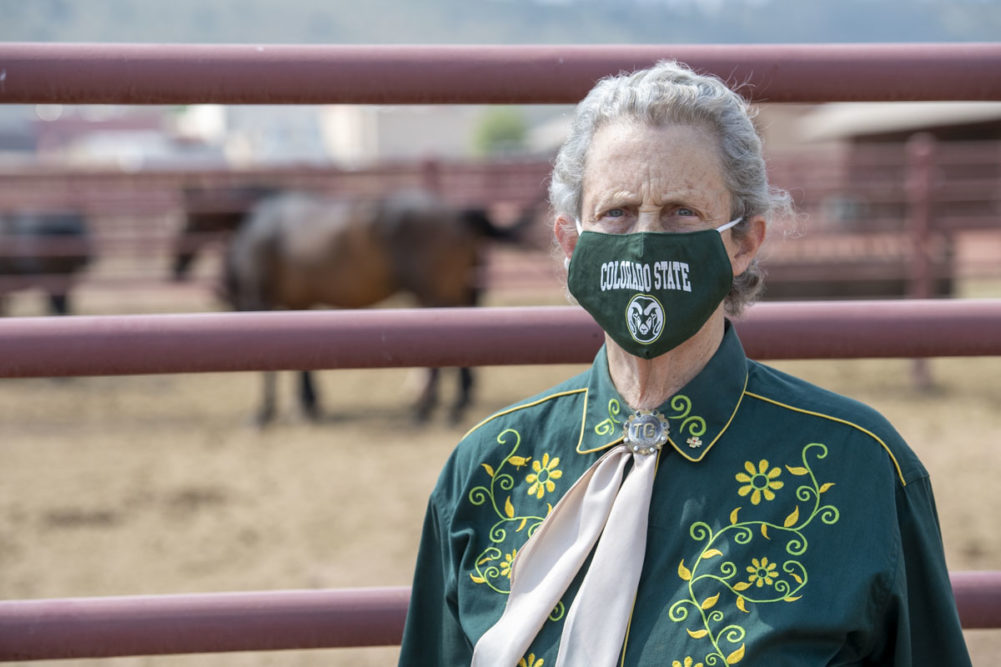KANSAS CITY, MO. – There is a trend in animal welfare guidelines where many stakeholders are starting to agree on important points. It needs to be made very clear that certain egregious practices are never acceptable. The US Department of Agriculture’s Food Safety and Inspection Service was one of the first agencies to start using the term, “egregious.” The North American Meat Institute’s (NAMI) Recommended Animal Handling Guidelines and Audit Guide has a section titled “Willful Acts of Abuse/Egregious Acts.” Most people in the meat packing industry are familiar with these guidelines.
Some examples of egregious acts are dragging a conscious animal, intentionally applying prods to sensitive parts of the animal or beating animals. If any egregious acts are observed, the plant will fail a welfare audit. For buyers who are managing their meat supply chains, there is a need for clear guidance on when a supplier can either be immediately delisted or suspended. The producer groups are now accepting this concept. Buyers are now auditing more and more farms.
There are now two audit tools for assessing animal welfare at cattle feedlots. They are the Canadian Feedlot Animal Care Assessment Program and the US Cattle Industry Feedyard Audit. Both audit tools are certified by the Professional Animal Auditor Certification Organization (PAACO).
These auditing tools also make it very clear that “Willful Acts of Abuse” are never acceptable and will result in a failed audit. The audits contain lists that are similar to NAMI’s guidelines with a few added items. The additional items are not related to handling or moving animals. Some of them are abdominal surgery, such as spaying a heifer without an anesthetic, euthanasia methods that are not approved, or shipping unfit cattle.
Both feedlot audit tools use objective outcome based numerical scoring to assess cattle handling. It is similar to handling scoring in Beef Quality Assurance guidelines. Other measures in both audits are lameness and mud scoring. They also have requirements for record keeping, training of employees, animal health protocols, newborn calf care and emergency action plans.
Egregious neglect
Both audits have a section labeled “Egregious Acts of Neglect.” Acts of abuse have to be willful where a person deliberately treats an animal badly. In both the Canadian and US feedyard audits, the audit is failed if an egregious act of neglect is observed.
Neglect does not have to be willful. Some of the items under Egregious Acts of Neglect are: failure to perform timely euthanasia of critically ill/distressed animals; failure to supply continuous water availability in the home pens and; failing to assist a heifer that is calving or failing to provide feed and water to a downed non-ambulatory animal.
Most of the items in either the Egregious Acts of Abuse or Egregious Neglect sections are things the public would be very concerned about if they toured a feedlot or saw pictures taken with a phone at a livestock handling facility. Remember, almost everybody has an instant video camera in their pocket.
All segments of the industry should agree that deliberate cruelty or neglect of animals is never acceptable. Managers of livestock operations need to have the mindset that abuse and neglect are always wrong.



